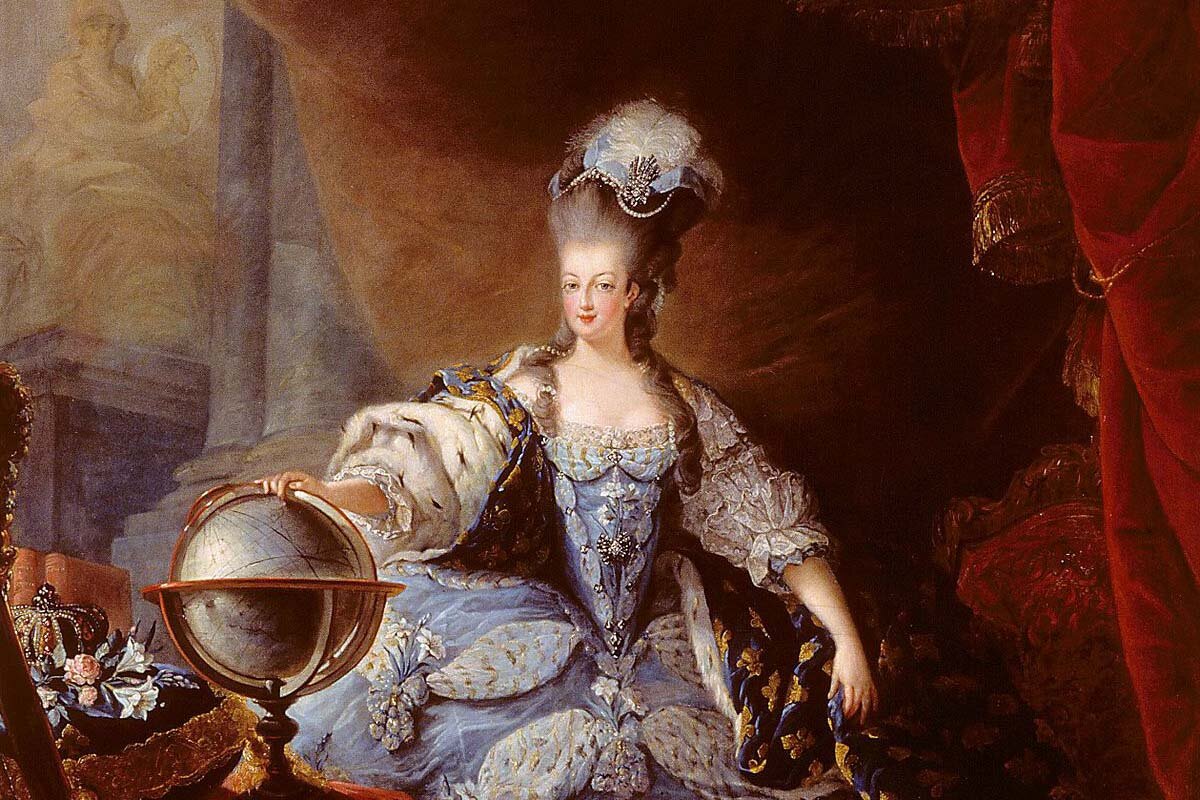The recipe is from Austria, the shape is from the Ottoman, but Marie Antoinette, who popularized it
The interesting story of the croissant, known as a French delicacy, based on the Ottoman.

When we think of croissants, we immediately think of French cuisine, but the reality is a little different. It is said that the Ottomans also had an important influence on the historical change of the croissant, which is said to date back to much older times and to the Austrian cuisine.
We are now going back to the amazing history of delicious croissants, which whet the appetite with their puffy appearance, make even the hungriest person hungry with their sweet smell of butter, and are valued mostly by chocolate lovers and salty croissants by putting cheese and ham into a sandwich like a sandwich.
Prepare your tea, coffee, we are starting an interesting story.
Although there are different stories about the past of the croissant, according to the most well-known story, which is also told by many historians, the origin of the croissant is based on another leavened dough called "kipferl". This pastry is said to have been made in Austria since the 13th century.
When we return to the croissant, the dates show the year 1683, the date when the Ottoman army besieged Vienna for the second time. During the 2nd Siege of Vienna, the Ottomans not only attacked the walls with cannon fire to seize the city, but also began to dig a tunnel that went towards the city under the walls. Their aim is to make the walls fall quickly and to make a sudden raid and capture the city.
However, there are Viennese who hear the sounds of the tunnel that the Ottoman army has dug secretly at night: bakers who are working to raise bread for the people at night while everyone is sleeping. Rumor has it that when these bakers realize that noises are coming from under the ground at night, they immediately notify the city's guards and help take the necessary precautions.
After Vienna was liberated from the Ottoman siege, the bakers, who had a significant impact on the siege, started to make the pastry called kipferl, inspired by the crescent in the Ottoman sanjak, to commemorate this event, and the croissant took the shape we know today.
At this point in the story, there are different rumors: Some say that a Viennese baker made the crescent-shaped croissant for the first time after the siege, while some say that a Serbian spy who supported Vienna at that time offered it for sale.
As for French cuisine, France met the croissant in 1770 when the daughter of Archduchess Marie Theresa of Austria married the French heir. Theresa's daughter, Marie Antoinette, moves from Vienna to Paris due to this marriage, and in 1774 her husband takes the throne. Austrian-born Marie Antoinette, now a French queen, ensures that the crescent-shaped croissants she knows and loves from Vienna are transported to the palace kitchen. Over time, the reputation of the croissant exceeds the limits of the palace, first becoming one of the favorite tastes of the palace circles and the rich, and then of the entire public. If the recipe is from Austria, then this flavor from the Ottoman Empire turns into a "famous French flavor".
Of course, there are many different legends about the past of the croissant. There are also those who say that the origin of the croissant can be traced back to the bread made during the Assyrian period, there are those who think that it should be taken as a reference from the first leavened pastry, but the point that many historians agree on is; that the croissant was made in Vienna long before France, and its shape was taken as an example from the Ottoman sanjak.
